The Eco Off-Road Warrior Catches Up With its Image
Image can be a tricky thing. A person—or in our case, a car—can be perceived to have certain attributes or be inclined to support certain causes based on sometimes intangible beliefs. Let’s cut to the chase. Subaru, the brand, has a stellar reputation among its adherents and the general public on environmental issues. The company has a great history of supporting environmental causes, but you would imagine they also produced electric vehicles or at least a record of fielding class-leading fuel-efficient models.

You might assume the latter, but you would be wrong. Subaru models acquit themselves well, but stand out for offering boxer engines and all-wheel drive more than for environmental attributes, except that the company has offered a variety of PZEV (the imprecise label partial zero emission vehicle indicates an internal combustion engine with ultra-low emissions of the pollutants that are precursors to smog) models for years and has been one of a few companies that actually put badges on their cars bragging about the accomplishment.
Which brings us to the 2019 Subaru Crosstrek Hybrid, which is actually a plug-in hybrid. It’s Subaru’s first car with a plug (they sold a similarly named car starting in 2013 that did not have plug-in capability). Toyota gets some credit for providing the hybrid technology, but the packaging is all Subaru’s.
The Whole Package
Subaru has figured out what works for its steadily growing fans—all-wheel drive (AWD) and basic functional sedans, wagons and hatchbacks (the BRZ is the anomaly, another Toyota joint venture). The Crosstrek Hybrid is the most off-road capable of the Subaru stable with 8.7 inches of ground clearance.

The Hybrid’s powertrain builds on the basic one found in the non-hybrid Crosstrek—a 2.0-liter horizontally opposed (boxer) four-cylinder engine that puts out 137 horsepower but a similar 134 pounds-feet of torque. With two additional motors (a generator motor and a drive motor) the total system horsepower is 148.

The two electric motors are integrated into the continuously variable transmission (CVT) to both propel the car in electric mode and recharge the 8.8 kilowatt-hour battery stashed under the storage area in the rear (a space taken up with a spare tire in the non-hybrid models).
This propulsion package delivers up to 17 miles of electric-only range and 35 mpg when it reverts to hybrid mode. Because of its electric boost, it’s faster than the non-hybrid version on paper, even though it’s heavier because of the battery pack. With the added weight of the battery, the Crosstrek Hybrid’s towing capacity drops to 1,000 pounds.
The Real World Results
The 2019 Subaru Crosstrek Hybrid starts loaded, the equivalent of top-line Limited model. Only one option package is available, which was included on our tester. The $2,500 option package included:
- Power moonroof
- Heated steering wheel
- Voice activated navigation powered by TomTom
- Harman Kardon premium audio system with eight speakers and 432-watt amplifier

These options were layered on top of key features for an AWD car such as hill descent control, active torque vectoring, incline start assist, steering responsive headlights and LED fog lights. For on-road driving the Crosstrek Hybrid had a full complement of features—adaptive cruise control, pre-collision braking, lane departure and sway warning with lane keep assist, blind spot detection with lane change assist and rear cross traffic alert.
One inherent feature that works on- and off-road is the high seating position that results from the Crosstrek’s upright stance. The driver benefits from great sightlines, which is not something you can take for granted in many modern crossovers, which often sacrifice such basics to styling compromises. As a hatchback, the Crosstrek Hybrid epitomizes Subaru’s practical nature, although with the battery stowed in back storage behind the rear seat is only 15.9 cubic feet, almost five cu. ft. less than the non-hybrid model. Of course, the rear seats can be folded down to create more than 43 cu. ft of space and can be augmented by a storage unit attached to the permanent roof rails up top.
A Singular Off-Road Warrior
Subaru benefits from its singular focus on practical AWD machines, but the 2019 Subaru Crosstrek Hybrid takes it into new territory. The plug-in model starts at $34,995, $3,000 more than Subaru’s next most expensive car, the new—much-larger three-row Ascent SUV. Our Lagoon Blue Pearl test model had the added $2,500 option package and a $975 destination and delivery charge, bringing the total to $38,470, which takes it up into Audi or BMW territory. Of course, those marques haven’t added a plug-in variant yet, so Subaru has first-mover advantage.

In fact, the only competition (AWD PHEV) out there right now comes from Mitsubishi with its Outlander PHEV, which is larger and more expensive. The Outlander is more of a traditional SUV/Crossover, with twice the cargo capacity of the Crosstrek. It doesn’t have the off-road chops of the Subaru, though.
If you pass on the AWD and any off-road ambitions, the Kia Niro PHEV or even the Prius Prime (with a similar electric power system to the Crosstrek Hybrid) could be on your shopping list.
We were a bit disappointed in the buzzy engine in the Crosstrek Hybrid and thought the regenerative braking put out more noise than was necessary compared to other plug-ins. The EV-only range was hard to gauge, but the fuel economy was real. We weren’t able to charge it every day on our Accell 240V home charger, but still tallied more than 40 mpg on a long-distance trip. That’s a superlative number for a vehicle with the capabilities of the Crosstrek. It’s caught up with the brand’s image—and if more were available (in mid-2019 in California, its expected top market, it is labeled as being in limited available)—the plug-in Crosstrek Hybrid could be the defining car of Subaru.
Related Stories You Might Enjoy—Our Time with the Crosstrek, Outlander, Niro, Prius Prime
In order to give you the best perspective on the many vehicles available, Clean Fleet Report has a variety of contributors. When possible, we will offer you multiple perspectives on a given vehicle. This comes under SRO-Second Road Test Opinion. We hope you’ll enjoy these diverse views–some are just below—and let us know what you think in comments below or at publisher@cleanfleetreport.com.
With the 2019 Subaru Crosstrek Hybrid, we have Steve’s road test and John’s Flash Drive.
Road Test: 2019 Mitsubishi Outlander PHEV
Road Test: 2018 Kia Niro PHEV (John’s view)
Road Test: 2018 Kia Niro PHEV (Steve’s view)
Road Test: 2018 Toyota Prius Prime
Flash Drive: 2018 Toyota Prius Prime
Make sure to opt-in to the Clean Fleet Report newsletter (top right of page) to be notified of all new stories and vehicle reviews.
Disclosure:
Clean Fleet Report is loaned free test vehicles from automakers to evaluate, typically for a week at a time. Our road tests are based on this one-week drive of a new vehicle. Because of this we don’t address issues such as long-term reliability or total cost of ownership. In addition, we are often invited to manufacturer events highlighting new vehicles or technology. As part of these events we may be offered free transportation, lodging or meals. We do our best to present our unvarnished evaluations of vehicles and news irrespective of these inducements.
Our focus is on vehicles that offer the best fuel economy in their class, which leads us to emphasize electric cars, plug-in hybrids, hybrids and diesels. We also feature those efficient gas-powered vehicles that are among the top mpg vehicles in their class. In addition, we aim to offer reviews and news on advanced technology and the alternative fuel vehicle market. We welcome any feedback from vehicle owners and are dedicated to providing a forum for alternative viewpoints. Please let us know your views at publisher@cleanfleetreport.com.

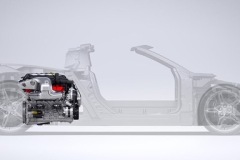
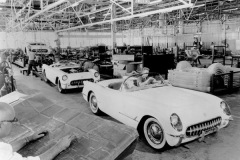


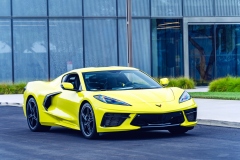
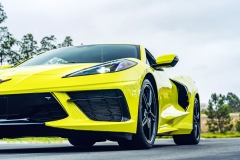
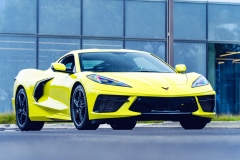
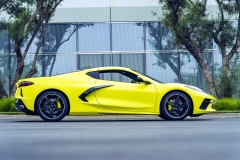
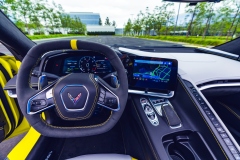
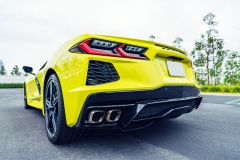
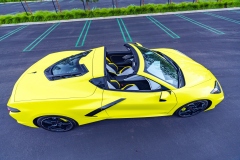
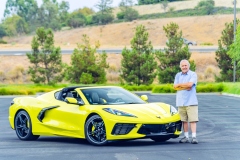

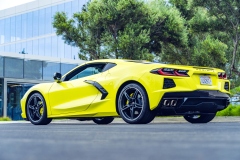
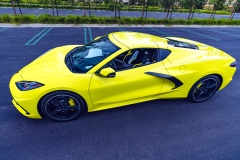
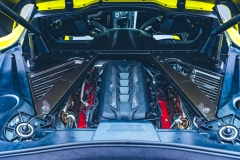
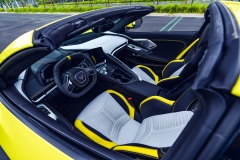
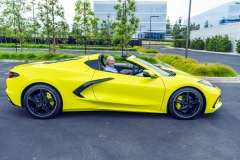
11 thoughts on “Road Test: 2019 Subaru Crosstrek PHEV”